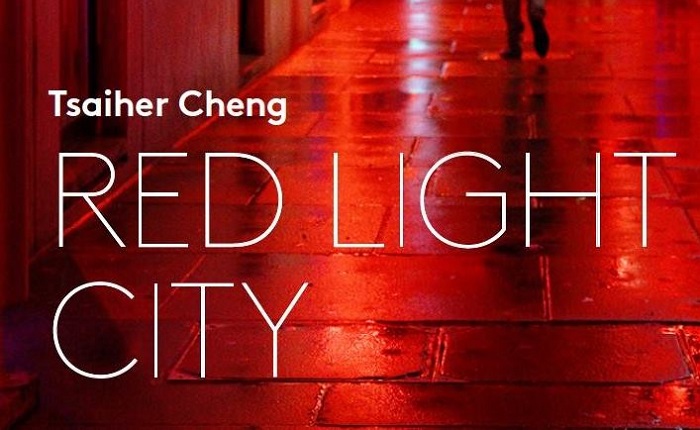
Red Light City - 鄭采和
講者透過對於香港與阿姆斯特丹紅燈區的深入研究,點出性產業與城市規劃、產業發展及在地文化是一個緊密的動態系統。同時呈現性產業的經濟動能與文化特性,不論在性產業是否合法的城市,都深刻的影響地區空間型態,包括建築、室內空間、街道、廣場與巷弄之間。
Red light districts are many things at the same time. Places of sin, places of freedom, a necessary evil, obstacles in the improvement of cities, an unavoidable part of city life, ghettos of misery and abuse, sanctuaries of resistance against conformism, a problem that needs to be eradicated, a tourist magnet, and so forth. Underneath discussions about the visible and concentrated presence of the sex industry in the city lies the question what to think of the sex work which takes place here. Should it be accommodated, opposed, criminalized or decriminalized? Is paid sex morally objectionable? Does legalizing or tolerating it maintain the unhealthy power relation between client, sex worker and those who either employ sex workers or offer or impose their protection? All these topics have been discussed at length. But no matter one’s moral, political or aesthetic standard (double or not), nobody can deny that red light districts exist and have a distinct impact on cities, and city life.?
Curiously enough, this impact on the city as built form is one of the least studied aspects of the sex industry. In that respect, this book offers a welcome addition. As an architect and urban planner, Tsaiher Cheng, the main author of this book, has been studying red light districts, and particularly the Wallen area in Amsterdam, for the past six years. She mixes her design insights with her stance as an activist, pleading to give a voice to the sex workers whose livelihoods depend on this very work, and who are often the least heard stakeholders among the larger forces of politicians, business people, property developers and residents.
The central question of this book is: what is the significance of sex work for the architecture of the city, particularly in red light districts which are designated for urban renewal? With reports from five cities – Amsterdam, Antwerp, Hong Kong, Montreal and Taipei – this book reveals that every red light district is different, as it is the specific outcome of the history of the place and of its sex industry, the morphology of the city, the legal status of sex work, cultural understandings, city planning, and market forces. But at the same time, regardless of the huge differences, the book also makes clear that sex work has a deep impact on the city’s urban form and its spatial organization and distribution – even in places where sex work is officially illegal.
The sex industry differs from more respectable – and less contentious – aspects of the city. The sex industry seems to be in another category, whose existence is either denied or wished away. Yet, the sex industry appears to have been an unsolvable problem for as long as it has existed, and will exist. Much of the sex business forms in that respect the flip side of a happy, frictionless urbanity of good intentions. Red light districts are by definition seedy, and they come alive when the rest of the city life is winding down: during the evening and night, when most stores are closed and offices are empty, and many people go to sleep. Evidently, red light districts cannot be contained by the same good intentions that planners apply in other parts of the city. Planners and politicians are usually obsessing over the creation of a world that is better than what we have today. Nowadays, this lofty ‘better’ is more and more often synonymous with safe and predictable. Red light districts defy this approach and are often the least safe and predictable parts of a city. Without denying the problematic sides of sex work in the city, this book is in several ways a plea for tolerance and for the acceptance that city life is not only and always blissful, happy and civilized. The city can be disturbing, exciting, strange, rough and edgy as well.
(影片剪輯自2016/10/14 性別化的日常空間-荷蘭經驗講座,特別感謝找到街角實驗室以及URS329稻舍的協助)
關於 Red Light City 作者
主要作者鄭采和建築師,出生於台灣,成功大學建築學士,荷蘭貝拉格建築學院碩士,現任荷蘭Boundary Unlimited建築設計及城市規劃公司主持人。
本書其他貢獻者 Manuel B. Aalbers, Roel Backaert (photos), Jung-Che Chang, Tanyi Huang (illustrations), Hans Ibelings, Maarten Loopmans, and Magdalena Sabat.
